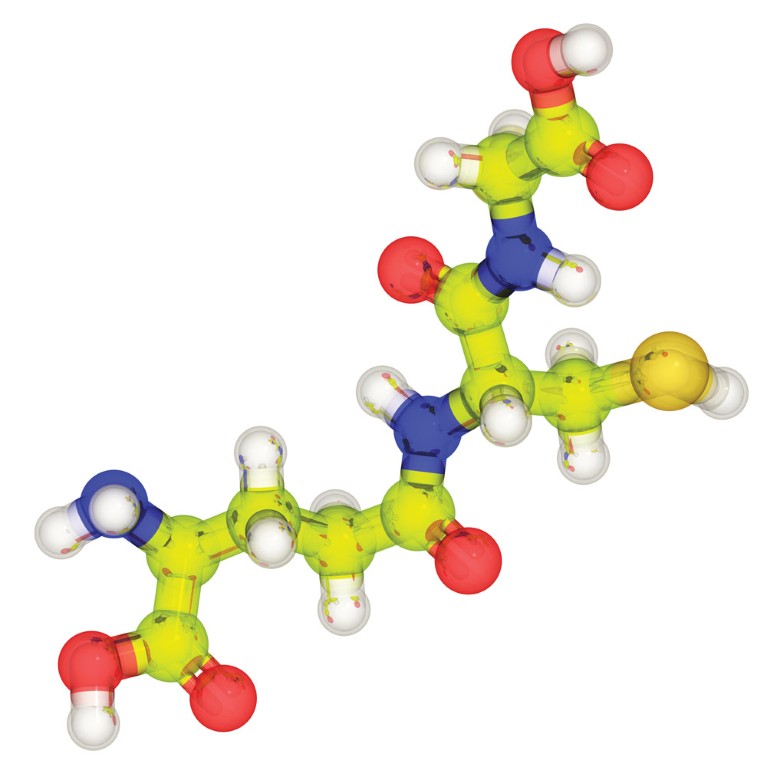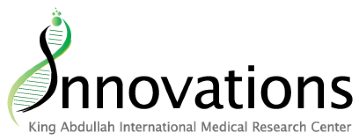
Glutathione is an important antioxidant that can help protect against damage caused by certain molecules produced within the body.SHUNYUFAN/ ISTOCK / GETTY IMAGES PLUS
Only seven patients with a very rare form of a hereditary disease called 5-oxoprolinuria have been reported in scientific literature. Its genetic and clinical features are still poorly understood. An international study, involving Saudi Arabia’s Ministry of National Guard Health Affairs, shed light on this disease by analyzing the DNA of 14 affected families from various ethnic groups.
The condition thwarts the production of glutathione, a molecule needed by the body to neutralize other harmful molecules generated during energy production. It is also needed to build cellular components like DNA and proteins, and to metabolize foreign chemicals such as drugs and environmental pollutants. The specific symptoms of the disease vary in severity from mild, affecting only red blood cells, to severe, affecting many cell types in the body.
An indicator of 5-oxoprolinuria is a large concentration of the compound 5-oxoproline in the urine. This disease can be caused by several factors, including the mutation of the glutathione synthetase (GSS) gene or the 5-Oxo-L-Prolinase (OPLAH) gene. While the former has been reported in several dozen patients, this study focuses on the latter, which is also known as 5-oxoprolinase deficiency, and is rarer.
By analyzing the DNA of children affected by 5-oxoprolinase deficiency and their family members, the researchers discovered 20 new and unique mutations in the OPLAH gene. They found that the disease manifests when patients inherit two copies of the abnormal gene, one from each parent. Parents can carry a single copy of the faulty gene without showing the symptoms, and have a 25% risk of having an affected child with each pregnancy. Consanguinity is common in Saudi Arabia, increasing the chance of the altered gene being passed on.
Unexpectedly, none of the patients were affected by premature breakdown of red blood cells, known as haemolytic anaemia, which is a key clinical feature of patients with GSS mutations. But other symptoms varied widely: some patients had none at all, while others had psychomotor symptoms, developmental disabilities, and inappropriate weight loss. The researchers were unable to clarify the causal relationship between the symptoms and the OPLAH mutations.
“More research is needed to draw the line between asymptomatic and symptomatic disease. Also, we cannot rule out that new symptoms could appear later in the life of these children, or that current symptoms might be caused by other genetic defects,” says King Saud bin Abdulaziz University for Health Sciences professor Majed Alfadhel.


